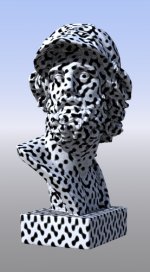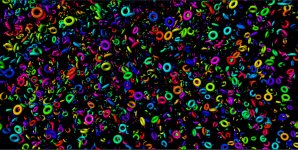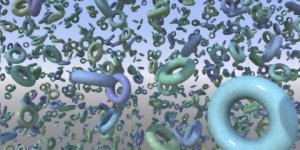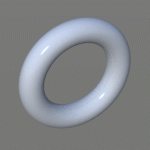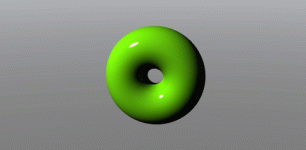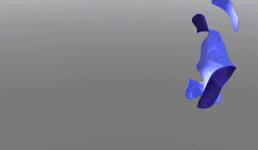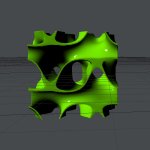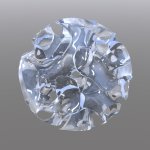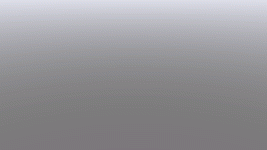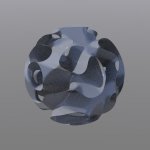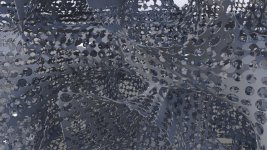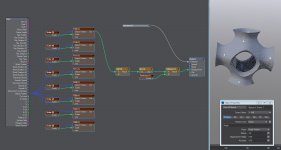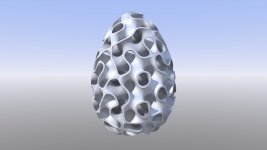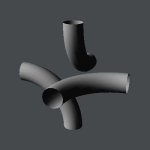Triplic Periodic Functions
A shorter title for
Triply Periodic Bicontinuous Cubic Microdomain Morphologies
the math web page is here:
http://www.msri.org/publications/sgp/jim/papers/morphbysymmetry/text/final.html
Or even shortly known as minimal surfaces,
you can use basic functions, named F100, F110 etc,
(meaning you are using cosinus or sinus, simple coordinates or by a factor of 2 or 3),
with one or an addition of these functions with a scaling factor,
sometimes a constant offset...
View attachment 144656
for the following équations, including the Gyroid,
(each reference is illustrated on the web page above)
Figure 1a. A level set approximation for the P surface:
F(100).
Figure 1b. A level set approximation to the I-WP surface:
F(110) + 0.25.
Figure 1c. Two-parameter experiment.
s*F(100) + (1 - s)*F(110) - t.
Figure 1d. An approximation of the O, CT-O surface.
0.6*F(110) - 0.4*F(111) - 1.
Figure 1e. An approximation to the Neovius’ surface C(P).
0.6*F(100) - 0.4*F(111) + 0.3.
Figure 1f. P+C(P) surface approximation.
0.35*F(111) + 0.2*F(100) + 0.2*F(222) + 0.1*F(200) + 0.05*F(300) +0.1*F(110).
Figure 1g. K surface approximation. This surface was also discovered by Karcher
0.3*F(100) + 0.3*F(110) - 0.4*F(200) + 0.2.
Figure 1h. F-RD surface approximation.
0.8*F(111) + 0.1*F(222) - 0.1*F(220).
Figure 2a. G (gyroid) level surface:
F(110).
Figure 2b. G' surface level set:
G' has several new features as compared to the gyroid, e.g. extra holes and tunnels.
by von Schnering and Nesper).
F(211) + 0.32.
Figure 2c. Two-parameter experiment
s*F211 + (1-s)*F220 - t.
Figure 2d. Double gyroid surface approximation.
0.8*F(211) - 0.2*F(220).
Figure 2e. An approximation to the L surface. The equation is:
0.5*F(211) - F(220) + 0.15.
Figure 3a. D surface level set approximation, shifted here by p /4 for a more familiar representation:
F(111).
Figure 3b. D' surface level set:
0.5*F(111) - 0.5*F(220) - 0.2.
Figure 3c. Double diamond surface
0.5*F(110) + 0.5*F(111).
Figure 4. The P2-DG surface.
It arises as a combination of terms of the double gyroid and P-surface level sets.
0.7*F(211) - 0.1*F(220) - 0.2*F(200).
View attachment 144657
Hope there's not typo errors in my transcription...
As you can see in the above screenshot, the radius of the Shape is set to 4,
and you get only the shape starting, you may also scale
the Object Position before the connection.
Denis.



